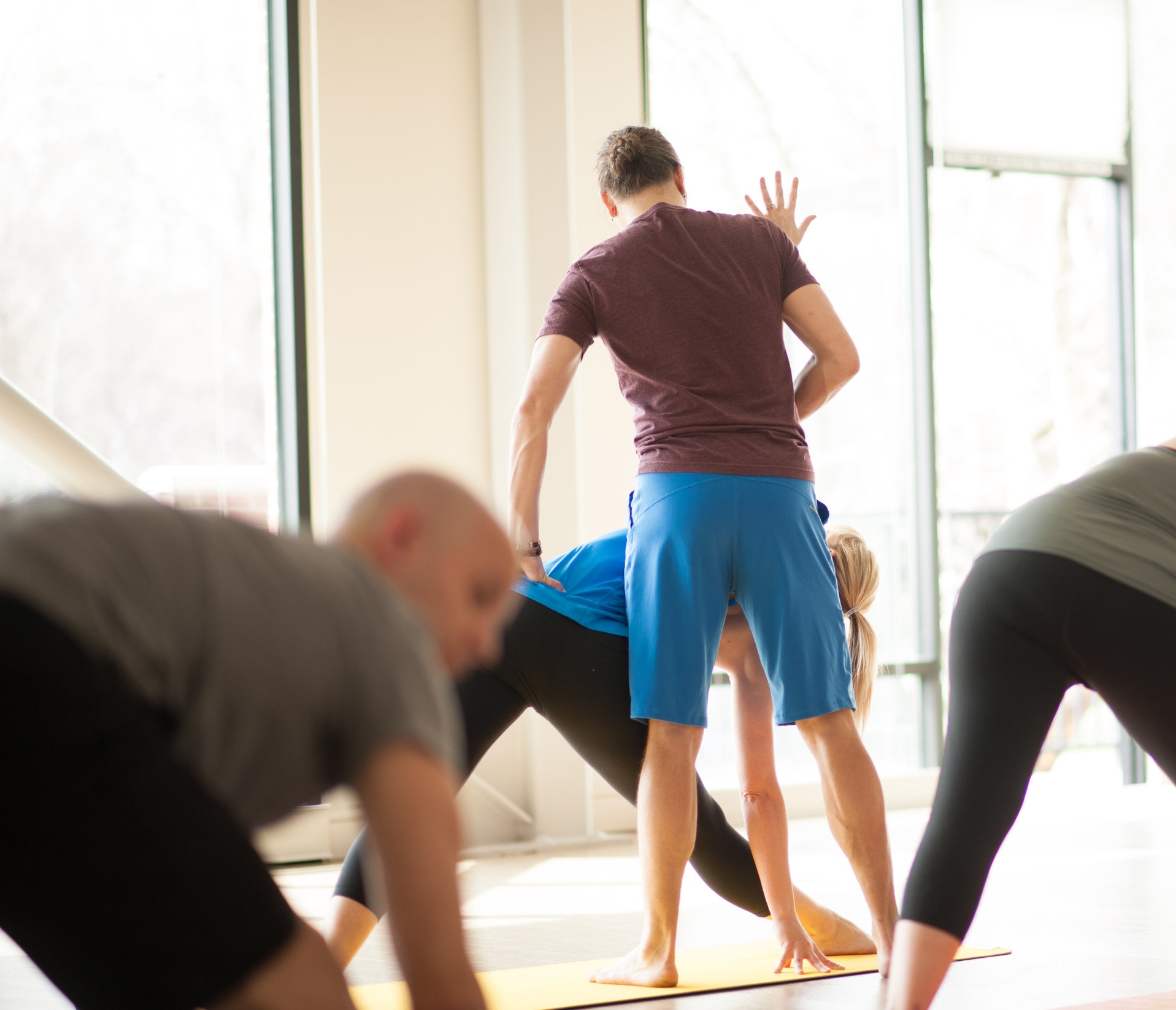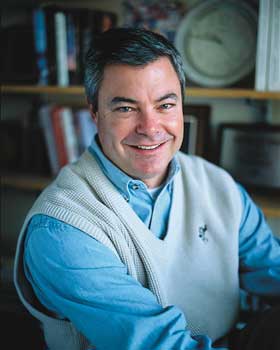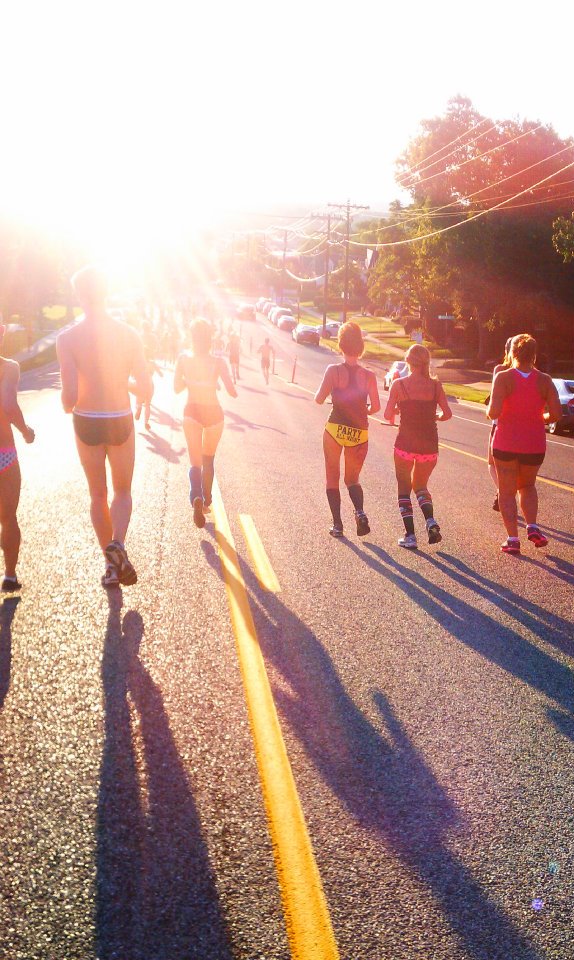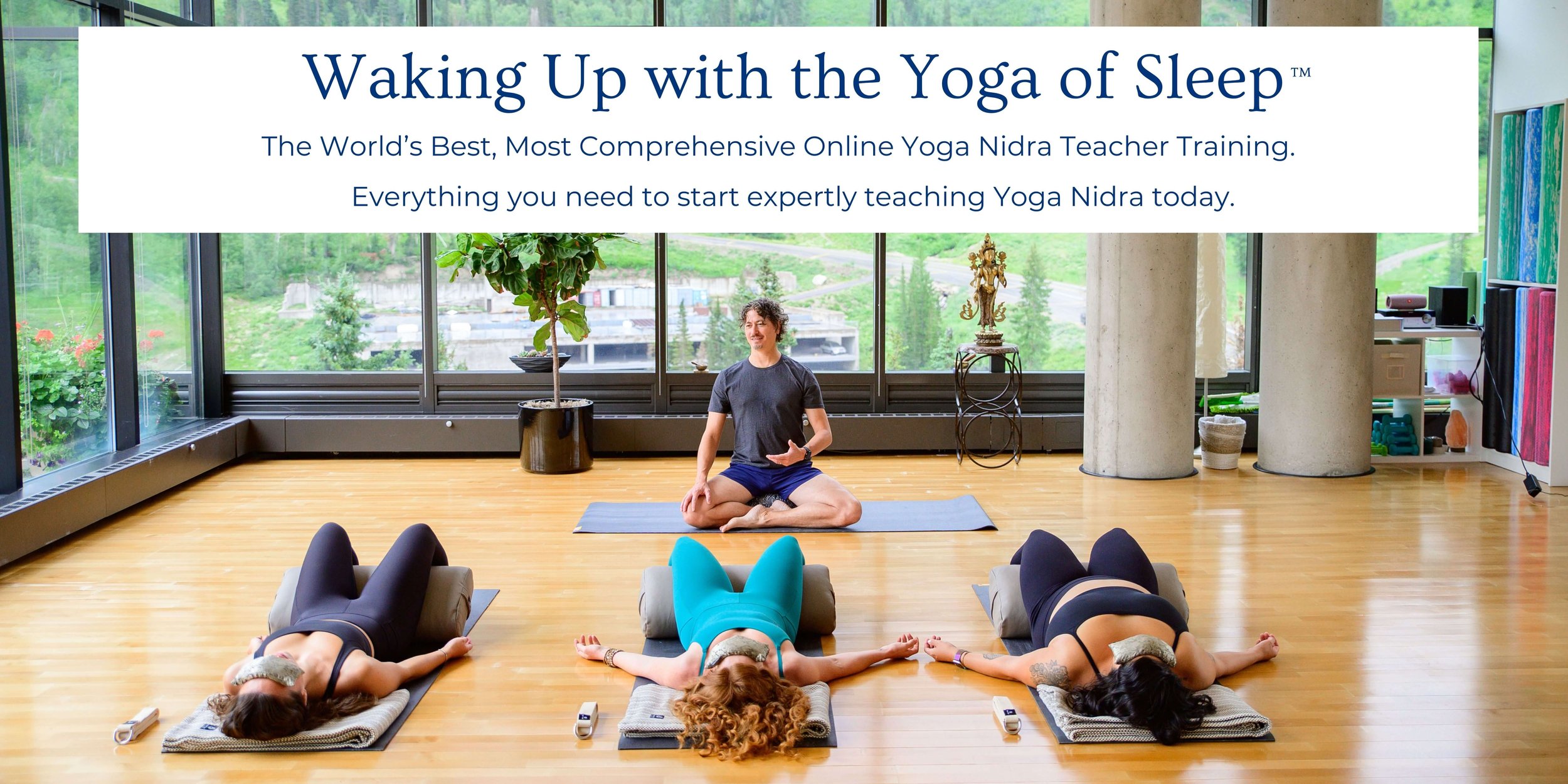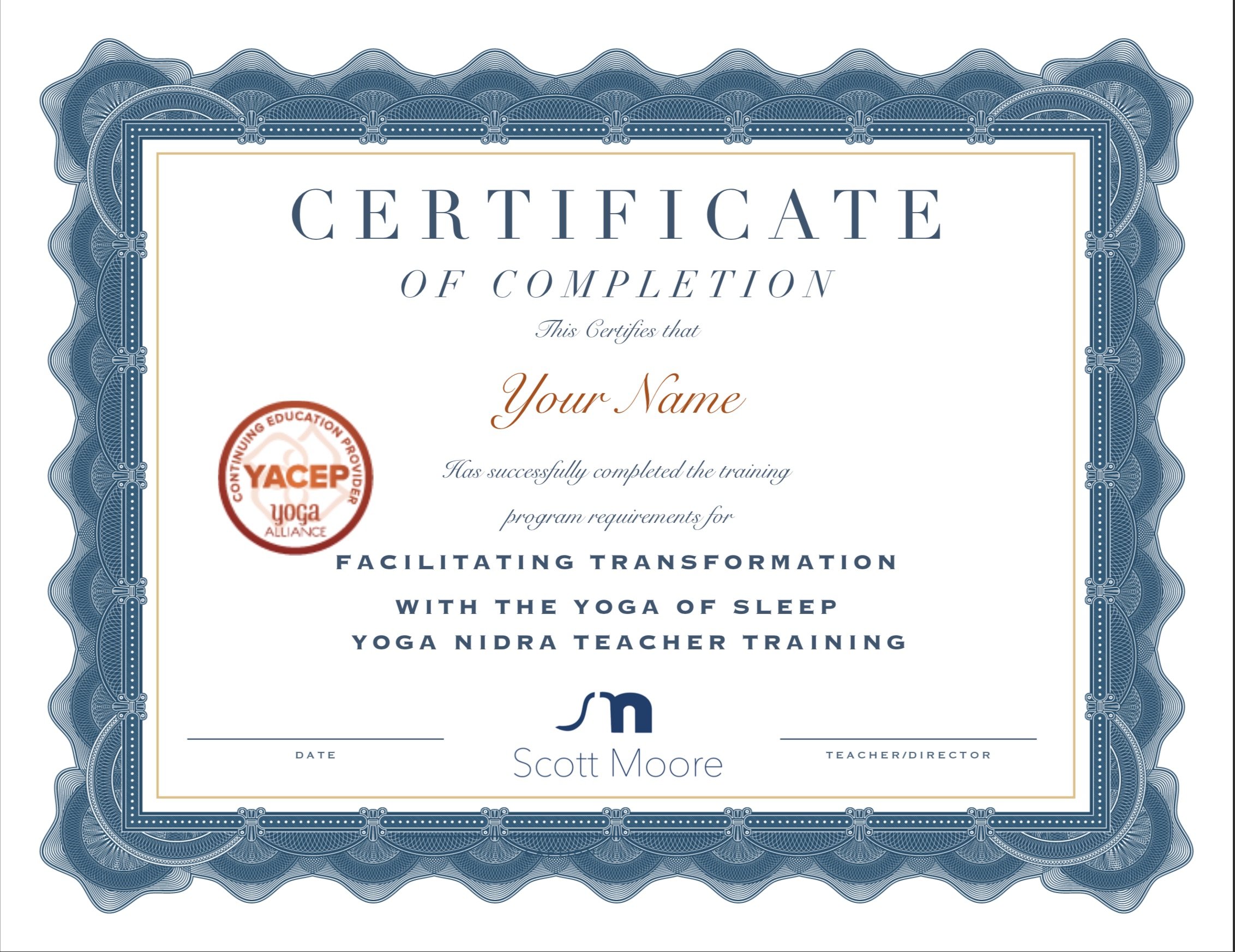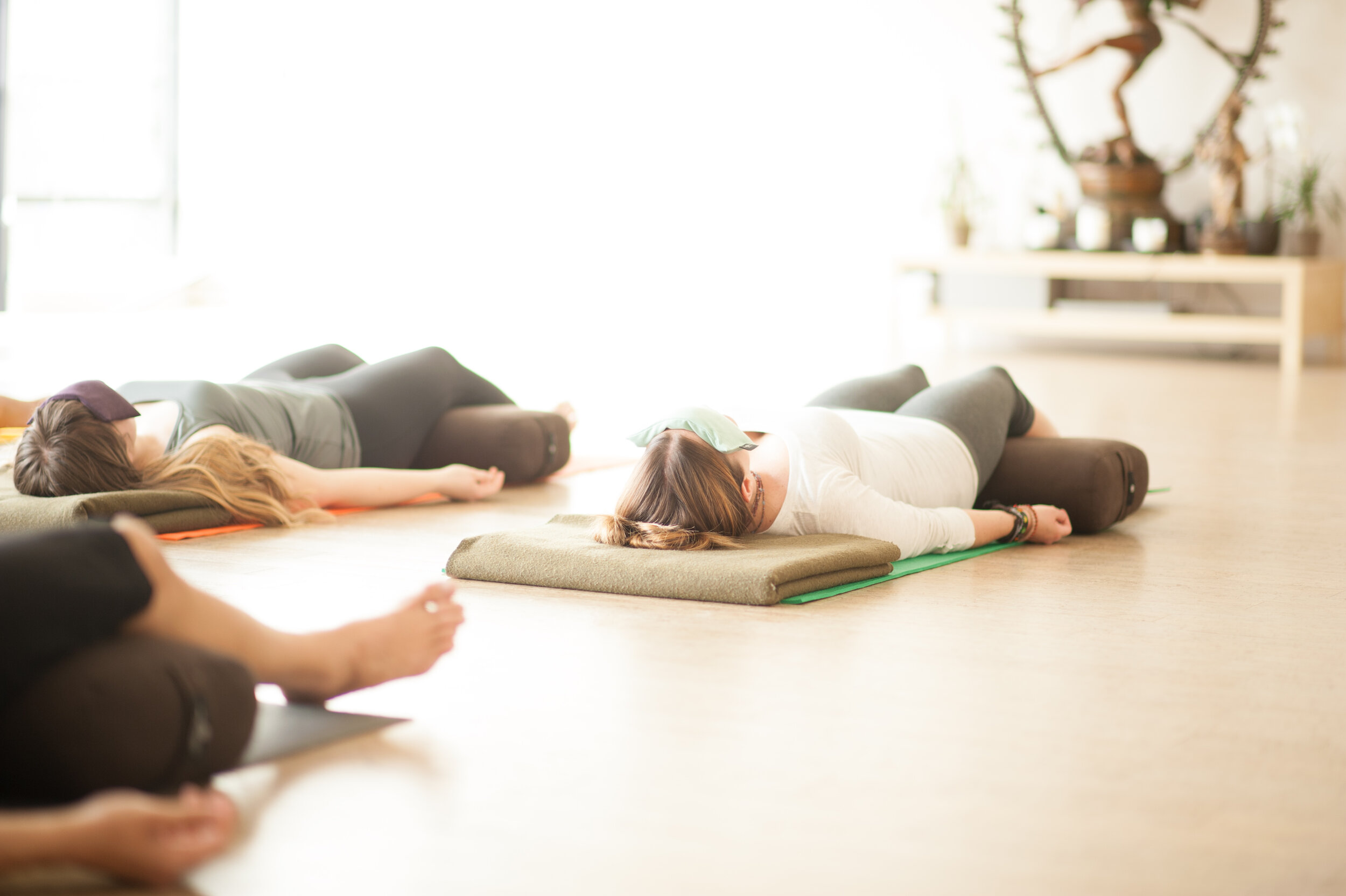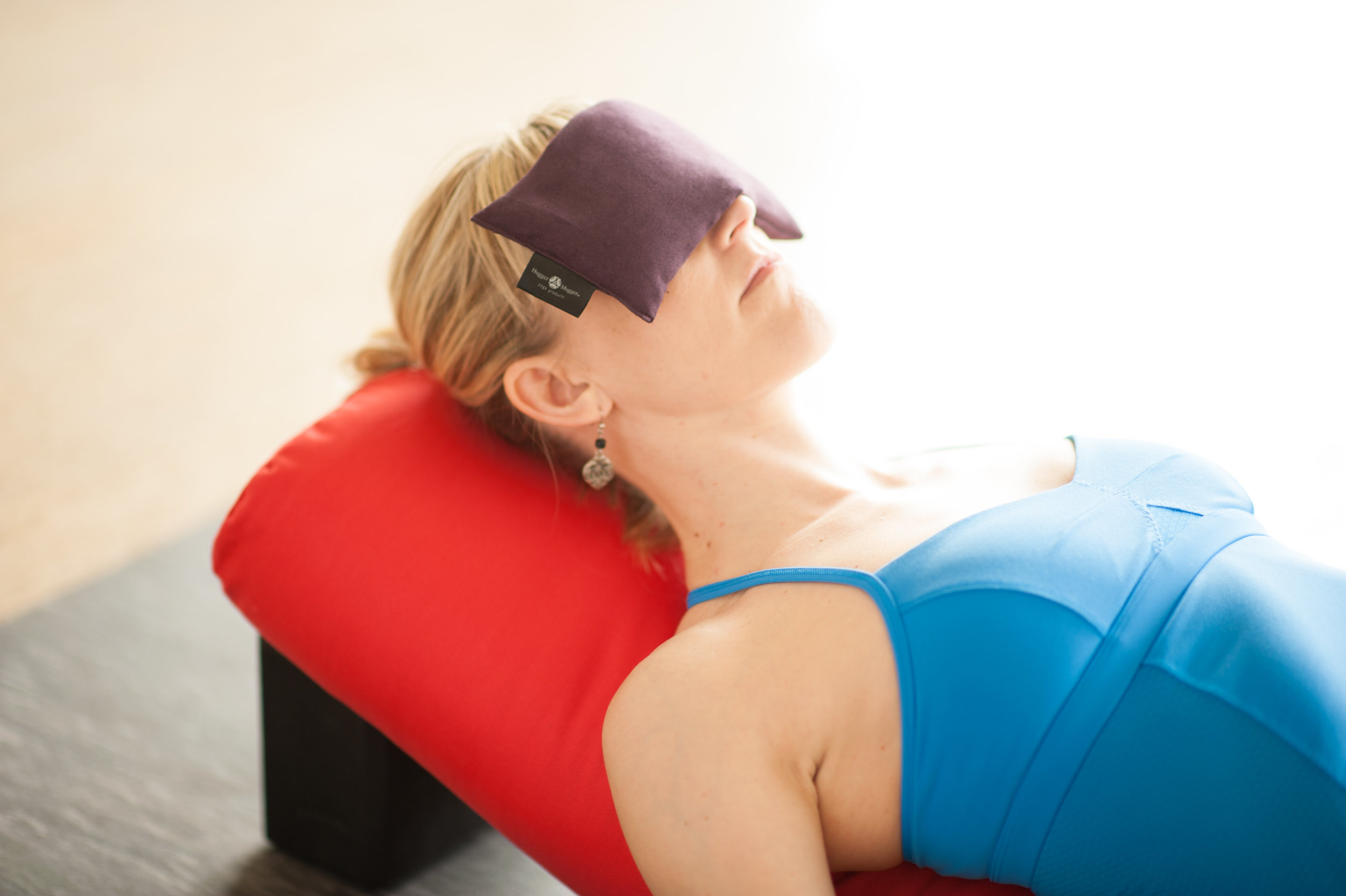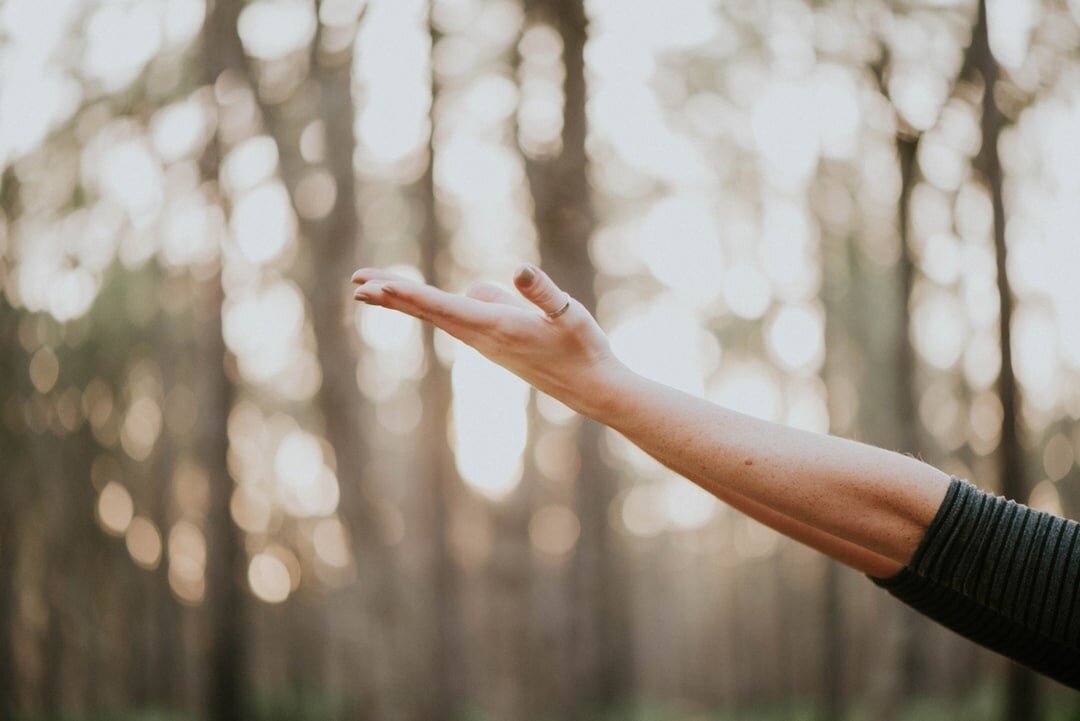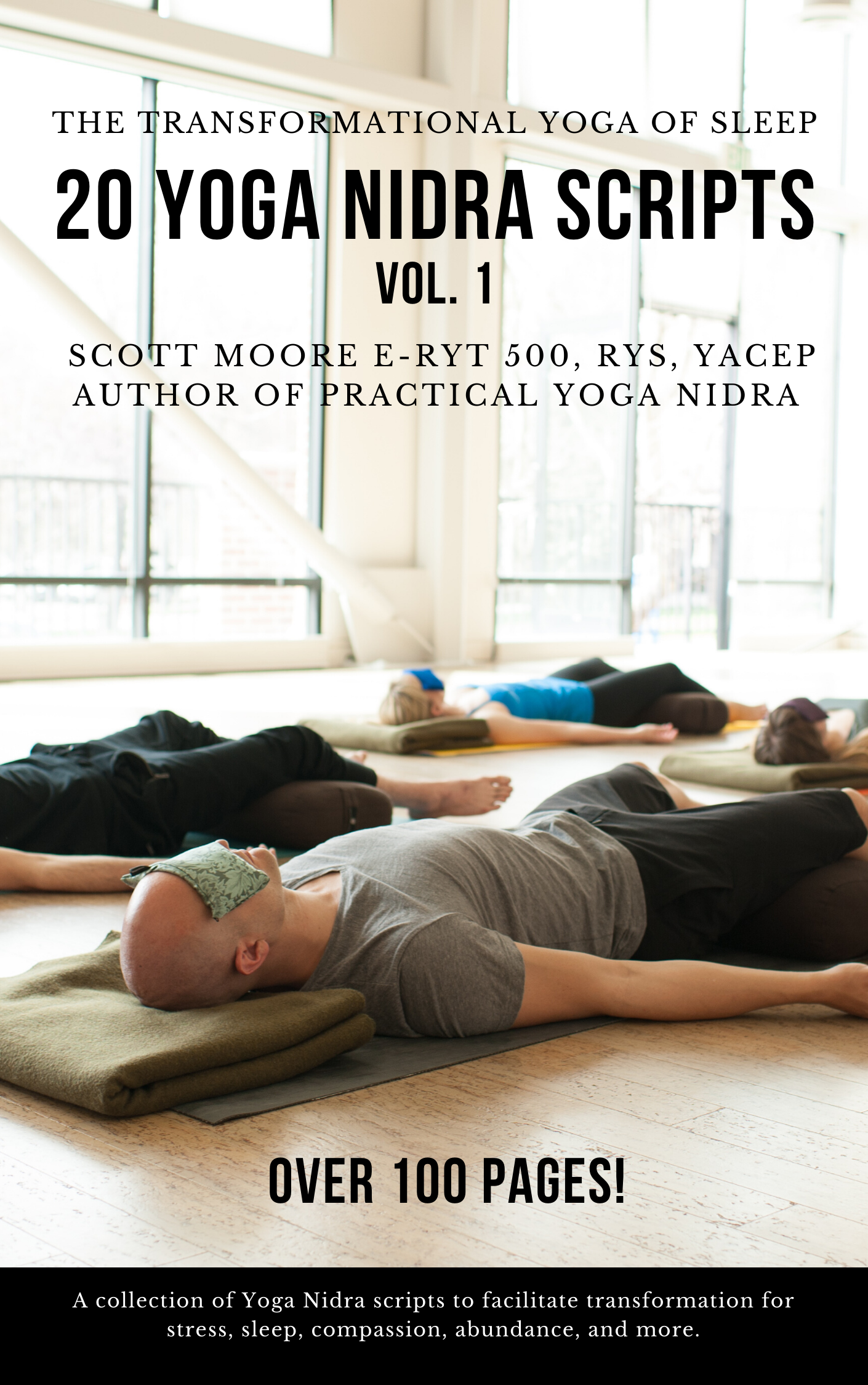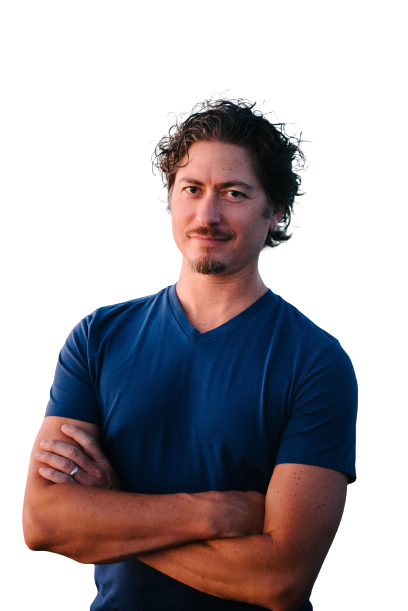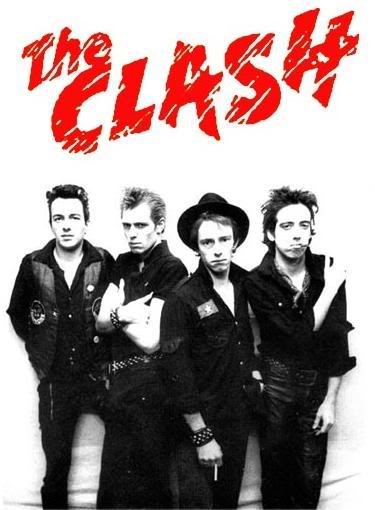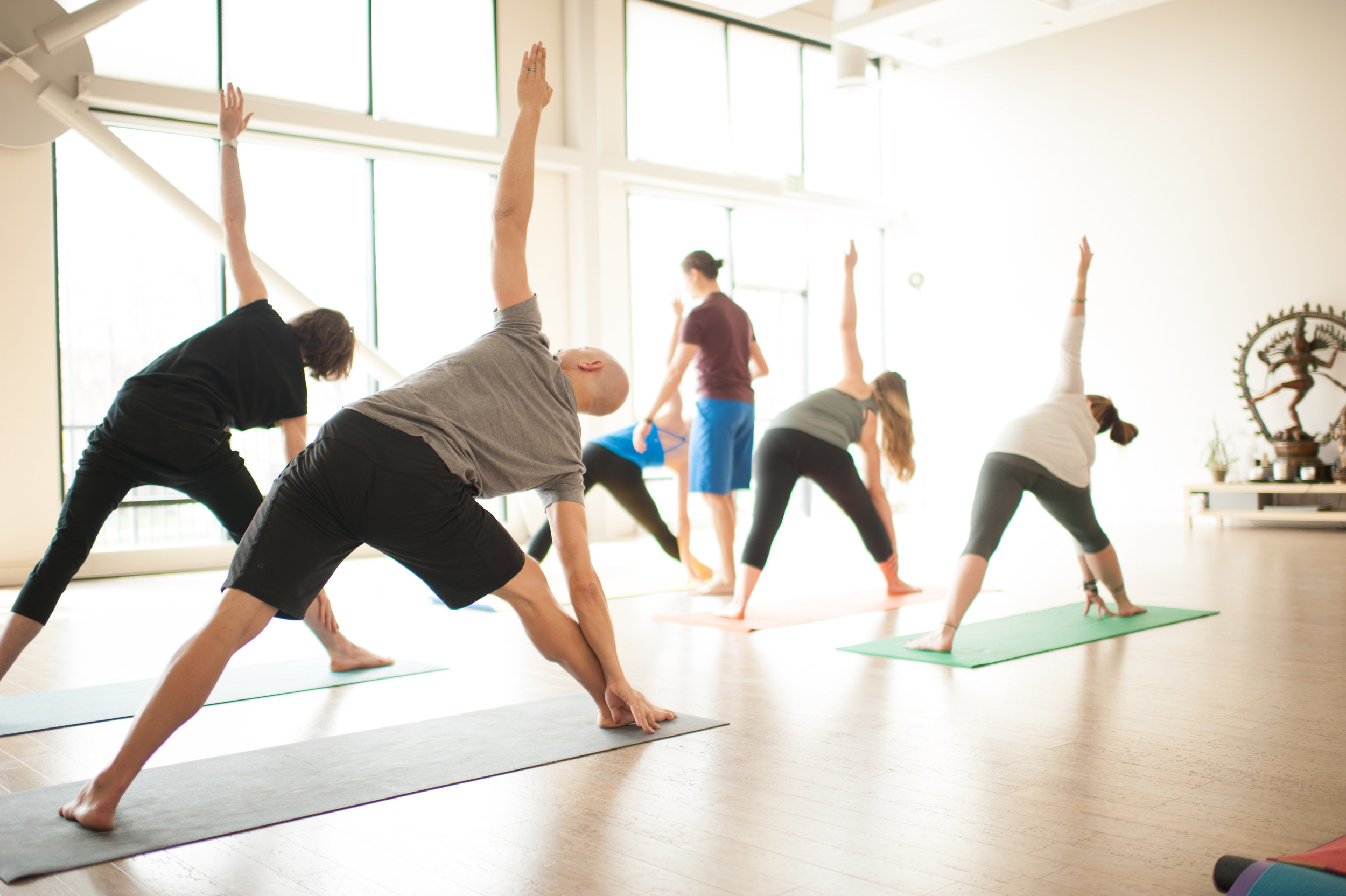Search Other Blog Posts
Can you remember a yoga class that really changed you?
This email is for my everybody, but especially my yoga teaching friends or those who might be interested in teaching Yoga.
Have you had a yoga class that for some reason really moved you? What was it about that class that made such a difference? What did that teacher do that moved you so much?
If you're a teacher, do you realize that YOU have the power to powerfully touch people's lives like no one else can? It's true. Your unique, gifts, interests and talents make you uniquely qualified to touch people in a way that only you can.
Ever wonder why your yoga classes aren't thriving, or you're feeling a little burned out with teaching, or questioning whether or not you even want to teach anymore? Do you wish you were making more money teaching yoga so you could quit your day job and only teach yoga?
One reason your teaching and opportunities aren't thriving could be because you're not tapped into and teaching from your own authenticity.
When you're teaching what you love, what interests you, and what you're not only passionate about but what you know a helluva lot about, teaching is not only effortless, it is abundant.
If you read my 2nd to last blog post, I spelled out the formula for success as given me by my favorite business prof in college, which I live by, and truly believe. He said:
Interest breeds excellence. Excellence breeds opportunities.
When you are teaching what interests you, what you're passionate about, your excellence, your natural talent for teaching, rises to the surface. Opportunities arise as you attract the people who are pickin' up what you're puttin' down.
Don't worry about the rest of the people who aren't interested in your offering. Other teachers with other gifts will teach them.
If you're interested in optimizing your teaching and learning how to grow your opportunities to teach yoga, and get paid what you're worth, I'd like to invite you to attend my live and online Yoga Teachers Workshop this Saturday, November 11th at 2 pm ET, 1 pm CT, 12 pm MT, 11 am PT.
It's virtual so you can do it from your own home. Besides learning key principles about teaching and the biz of yoga, you will meet with teachers from all over the country for discussion and networking.
Also, if you can't make the time, I'm recording the audio/video so you can still register and watch it later.
In this workshop, I want to share with you some of the invaluable things I've learned over 17 years of teaching yoga, not only about leveraging your gifts for extraordinary teaching, but also about some of the industry secrets to make a living which I've learned over in the past 17 years.
There's a good chance you can write this off on your taxes, plus it counts as hours for continuing education for Yoga Alliance.
This could be the most valuable workshop you will ever attend for you yoga teaching and your career.
Plus, I'll give you your money back if you don't think it was worth your time.
Join me!
Check out what one of my Mentor Students said about my yoga teachers coaching:
“I have followed Scott’s career for years. He is someone who walks his talk and shows his deep knowledge for all things yoga in every class or conversation. He is extremely grounded and dedicated to this work. As a mentor, Scott was literally “an all things” coach to me. He helped me overcome mindset of owning this soul calling of teaching and supported me in times of doubt. He helped me discover my strengths as a teacher, ways to make this into a thriving business and conceptualize an idea into a breathing business. From technical help on my website to marketing and deepening the mechanics of teaching, he helped me with all of it. He is extremely professional with a very personal approach. He truly cares about his clients and the integrity of this work. I am so grateful for this program to work one on one with such a well-rounded leader in the yoga space. ” J.J.
Details
How much: $45
When: Saturday, November 11th 2-4 pm ET, 1-3 pm CT, 12-2 pm MT, 11 am to 1 pm PT
Where: Your house, via our virtual learning space. You'll need a laptop, computer, iPad, or smart device with an internet connection.






